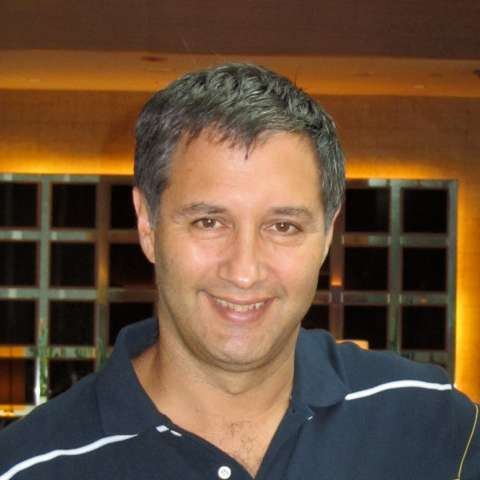When audiences first heard Wagner’s Tristan and Isolde, they were stunned by the sustained, passionate eroticism of the score, with the musicians amongst them amazed by the variety of novel compositional devices. A century and a half later, the novelty of chromaticism and extended use of suspension has somewhat worn off, but the music’s ability to project passion remains, particularly in the hands of all-star players such as the Bayreuth Festival Orchestra, hand-picked from the top orchestras in Germany.
One thing remains, though: Tristan has never been an easy opera to stage. A major part of the problem is the immensity of the title roles. Isolde is singing duets or solo arias for pretty much all of the first two acts, a marathon effort at eighty minutes each, while acting through a raft of different mental states. Tristan’s role is hardly less onerous, with a punishingly strenuous series of arias in Act III. I had the distinct sense that Robert Dean Smith and Iréne Theorin were pacing themselves: both have complete command of line, pitch and timbre, but Theorin didn’t really let rip until the second half of Act II, and Smith really came to life in Act III.
The lesser characters have an easier time, and we heard outstanding performances from Kwangchul Youn as King Mark and Michelle Breedt as Isolde’s maid Brangäne. I would travel distance to hear Youn: he has one of those rich, deep bass voices that make you take notice from the very first note and he poured immense character into the kindly but world-weary king. Breedt was pure, clear and bang in tune whether singing rapid fire dialogue or elegiac slower passages from off-stage.
Any director of Tristan is also challenged by some key structural aspects of the piece. Firstly, it’s an opera which is biased overwhelmingly towards arias and duets, in which characters tell us their feelings, against operatic elements such as recitative and ensemble numbers which serve to move the plot forwards and add dramatic impact. There are long stretches in which there isn’t really any action: rather, we are getting extensive exposition of the state of mind of the protagonists - our utter focus on just two people making this an opera of great intimacy. What then, can the director do with the rest of the stage - which, in a big opera house, is an awful lot of space in which nothing is happening?
Christoph Marthaler’s answer for Act I is to fill the stage with furniture, and to leave it basically empty for Act II. Neither is a particularly satisfactory solution, and I found the whole thing rather visually dull, with the exception of the primary-coloured suits in Act II. While the opera is overwhelmingly in duet form, Wagner includes a passage of frenetic action in each act (in each case, associated with the arrival of Mark and the “forces of Day”). Marthaler strips this away - the chorus never appears on stage, Melot and Kurwenal’s fight and deaths are removed, and there is minimal stage movement generally. Mostly, the characters take up stage positions, cast meaningful glances at each other and sing their lines.
There are some concept agendas going on. Wagner's Act II battle between Night and Day (Night is the imagined, desired world where Tristan and Isolde can be together, even if it means death; Day is the harsh reality of life at King Mark’s court) was taken literally: bright fluorescent lights for Mark’s arrival, the stage in near-darkness for the greater part of the act when Tristan and Isolde are together. There were other concepts that I clocked but failed to understand, most notably Isolde pointing energetically at the occasional light that was flashing and dying. Mainly, though, it seemed to me that Marthaler wanted us to forget the stage and focus completely on the characters’ moods, with the prevailing mood being one of sexual repression: the nearest we get to a sexual frisson is when, at the moment of greatest rapture, Tristan removes one of Isolde's white gloves.
Although disconcerting, this may be no bad thing: in many ways Tristan und Isolde is a great deal more like an extended symphonic poem than an opera - and a truly wonderful symphonic poem it is. The big themes - the famous “Tristan chord” of the opening, the “glance”, the Liebestod and the “pain of Death” motif that opens Act III - are all utterly memorable, and are interwoven with a dozen others that keep returning, mixed together and shifted in pitch and instrumentation. It’s this continual return of half-familiar themes that keeps your ears always at the ready and receptive to Wagner’s big messages about infatuation, longing, desire, rapture, despair and the sheer bewilderment that being in love can bring.
Schneider and the Bayreuth Festival Orchestra did these proud. Balance with the singers was excellent, in stark contrast to the last time I saw Schneider, in Vienna, when he overwhelmed his singers. Individual playing was superb (the shepherd’s lament on cor anglais came as close as anything to bringing tears to my eyes) and the balance within the orchestra was exceptional, the different instruments blending into a thoroughly satisfying whole.


